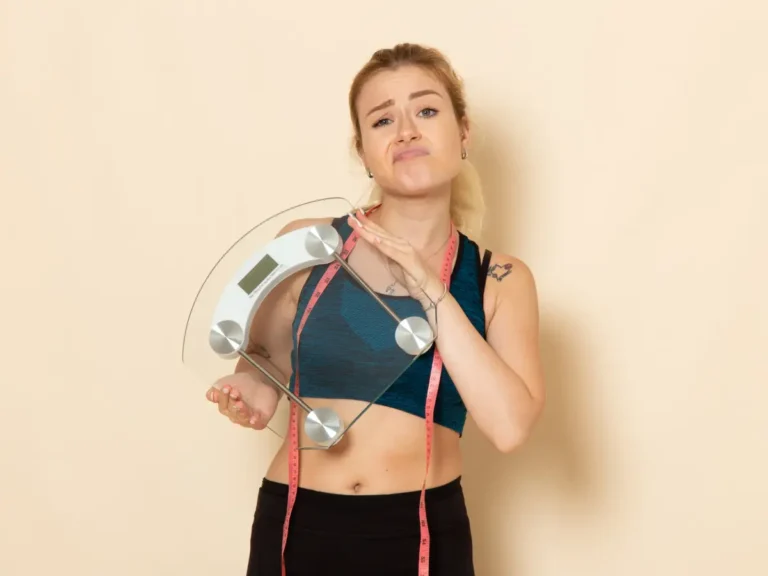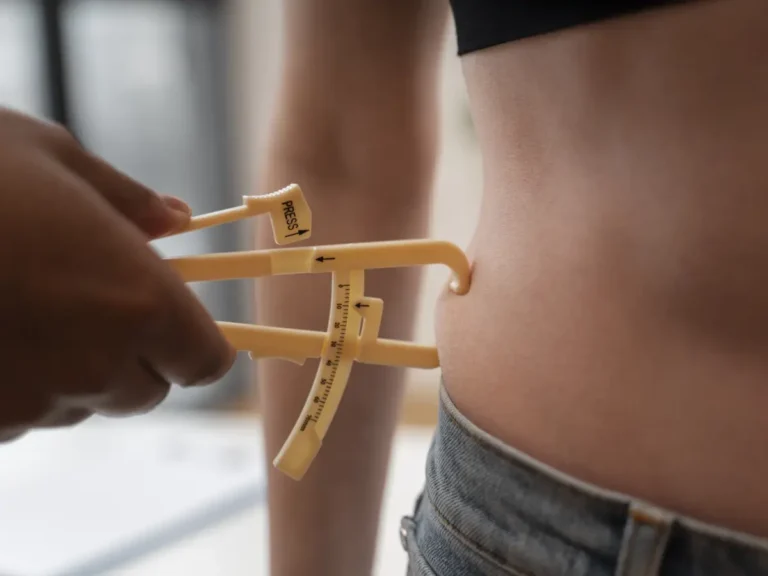Every surgical procedure is unique in its recovery period. Gastric sleeve, or vertical sleeve gastrectomy, is a restrictive weight loss procedure that cuts off 80% of the stomach. The weight loss process is done by reducing food intake and reducing the hunger hormone, which makes you feel full quickly.
So, it’s important to plan for ample rest and make sure you have a strong support system during your recovery. Read on to understand the typical gastric sleeve recovery timeline so you can get a better idea of what to expect.
Timeline for gastric sleeve healing
Everyone heals at a different rate, and the length of time it takes to fully recover depends on many factors, including your age, overall health, and how well you follow your surgeon’s post-operative instructions.
The day of surgery
Gastric sleeve surgery is usually performed as an outpatient procedure, which means you can go home the same day, or with just an overnight stay. The surgery itself takes about two hours, and you will be under general anaesthetic during this time.
After the surgery is over, you will be taken to a recovery room where you will be closely monitored. Once your blood pressure, heart rate and breathing have stabilized, you will usually be able to go home.
Most people experience some pain and discomfort immediately after gastric sleeve surgery. Your surgeon will usually prescribe pain relievers to help manage this pain and discomfort. You can also expect some drainage from the incision sites as well as bruising and swelling.
You should always keep your incisions clean and dry to avoid infection. Your surgeon will give you specific instructions on how to care for your surgical incisions after surgery.
After one week
What to expect during the first week after gastric sleeve surgery? During this period, you will schedule a follow-up appointment with your surgeon. Your surgeon will check your incisions and make sure they are healing properly. You should continue to take pain medication as needed at this stage and avoid strenuous activity. Most people feel well enough to return to work or their normal activities at this point.
After two to three weeks
You can now expect most of your discomfort to be gone. You may still have some bruising and swelling, but it should be much less than it was in the first week. You can start to increase your activity level at this point, but you should still avoid strenuous activity or exercise.
After four to six weeks
You should probably feel back to normal. Most people are able to return to work and their normal activities at this point. You can start to slowly increase your activity level and start a low-impact exercise routine if your surgeon approves it.

How long does it take to return to normal activities after gastric sleeve surgery?
Plan to rest for at least 2-3 weeks after gastric sleeve surgery to allow your body time to recover. You will be on a very restricted diet during this time. It is advisable to schedule extended leave from work and to enlist the help of friends and family.
Although you will still experience some discomfort, it should gradually improve over time. During the first few months after surgery, it is important to avoid engaging in strenuous activities. In particular, refrain from lifting heavy objects, no more than 15 to 20 pounds, for the first six weeks of your recovery.
How long to wait before exercising after gastric sleeve?
The timeline for starting exercise after gastric sleeve surgery varies depending on individual factors, such as overall health and the extent of surgery. In general, most patients can begin light exercise, such as walking, as soon as one week after surgery and begin a full exercise regimen 4 to 6 weeks after surgery.
When calories are reduced, your body naturally tends to use muscle to meet immediate energy needs. This means that a consistent fitness program after surgery is essential. Exercising at least three times a week maintains lean muscle mass, burns fat, and increases your likelihood of long-term success.
Post-surgery recovery tips for gastric sleeve patients
This procedure offers significant benefits in terms of weight loss and overall well-being. However, the road to full recovery can present its share of challenges. Here are some gastric sleeve surgery recovery tips to help you navigate this delicate phase of your journey.
Expect pain and discomfort
Begin mentally preparing yourself for pain and discomfort as you recover from gastric sleeve surgery. This pain and discomfort is a normal part of the healing process.
Avoid stressing your body
During your recovery period, avoid heavy lifting, strenuous activities, or sudden movements that may put unnecessary pressure on the surgical site.
The importance of breathing exercises
Incorporating simple deep breathing exercises into your daily routine can help keep your lungs clear and reduce your risk of respiratory problems.
Sticking to your prescribed diet
It is crucial to follow the diet plan recommended by your surgeon and nutritionist carefully. At first, your diet consists of liquids or pureed foods, then gradually move to solid foods over time. This careful approach ensures that you are getting essential nutrients while facilitating your weight loss journey.
Exercise Gently
While strenuous exercise should be avoided, incorporating gentle physical activity into your daily routine is essential for a smooth recovery after gastric sleeve surgery. Start with short walks and gradually increase your duration as you progress.
Don’t Bathe
Avoid bathing during the initial stages of recovery. This is crucial because it helps reduce the risk of infection and protects the incision site.
Common complications in gastric sleeve recovery
You may experience some of the following problems after surgery, which are normal:
- Moderate swelling and bruising: Tell your surgeon as this may indicate infection or internal bleeding.
- Mild to moderate discomfort or pain: Tell your surgeon if the pain becomes severe.
- Temporary numbness: This is caused by cutting small sensory nerves near the surface of the skin during surgery.
- Dark red or pink scars in the first weeks to months after surgery: Scars take about a year to fade. It is important to protect surgical scars from the sun for a full year.
Pain management strategies after surgery
You may feel pain at the incision site or as a result of your body positioning during surgery. Some patients also experience neck and shoulder pain after gastric sleeve surgery. This usually occurs when the body reabsorbs the gas used during surgery.
Tell your care team if the pain prevents you from moving. Pain is treated with oral medications, which work best when used regularly. Don’t wait until the pain becomes unbearable before ordering another dose; keeping a steady level of medication in your bloodstream makes the pain manageable.
To minimize the need for opioids, your pain management plan includes multiple treatment approaches. In cases where oral opioids are prescribed, it will only be for the first few days after surgery.

Conclusion
If you are considering gastric sleeve surgery, your recovery timeline is an important factor to consider. The typical recovery timeline for gastric sleeve surgery is four to six weeks, but everyone recovers at their own pace. Be sure to talk to your surgeon if you have any questions or concerns about your recovery.
Thank you for reading! If you are interested in gastric sleeve surgery, feel free to contact us at Medconsulto for your free consultation.
FAQ:
Is vomiting normal after gastric sleeve surgery?
Yes, it is normal in the first days and weeks after surgery. You may feel tired, nauseous, vomit, dizzy, lose appetite and have bloating.
How to care for infected incisions after gastric sleeve?
If an infection is identified within the first two to four weeks after surgery, initial attempts may be made to treat it by surgically cleaning the wound thoroughly and applying antibiotics as prescribed by the doctor.
When does pain subside after gastric sleeve surgery?
After two weeks of gastric sleeve surgery, you can expect most of the discomfort you are experiencing to be gone. You may still have some bruising and swelling, but it should be much less than it was in the first week.






